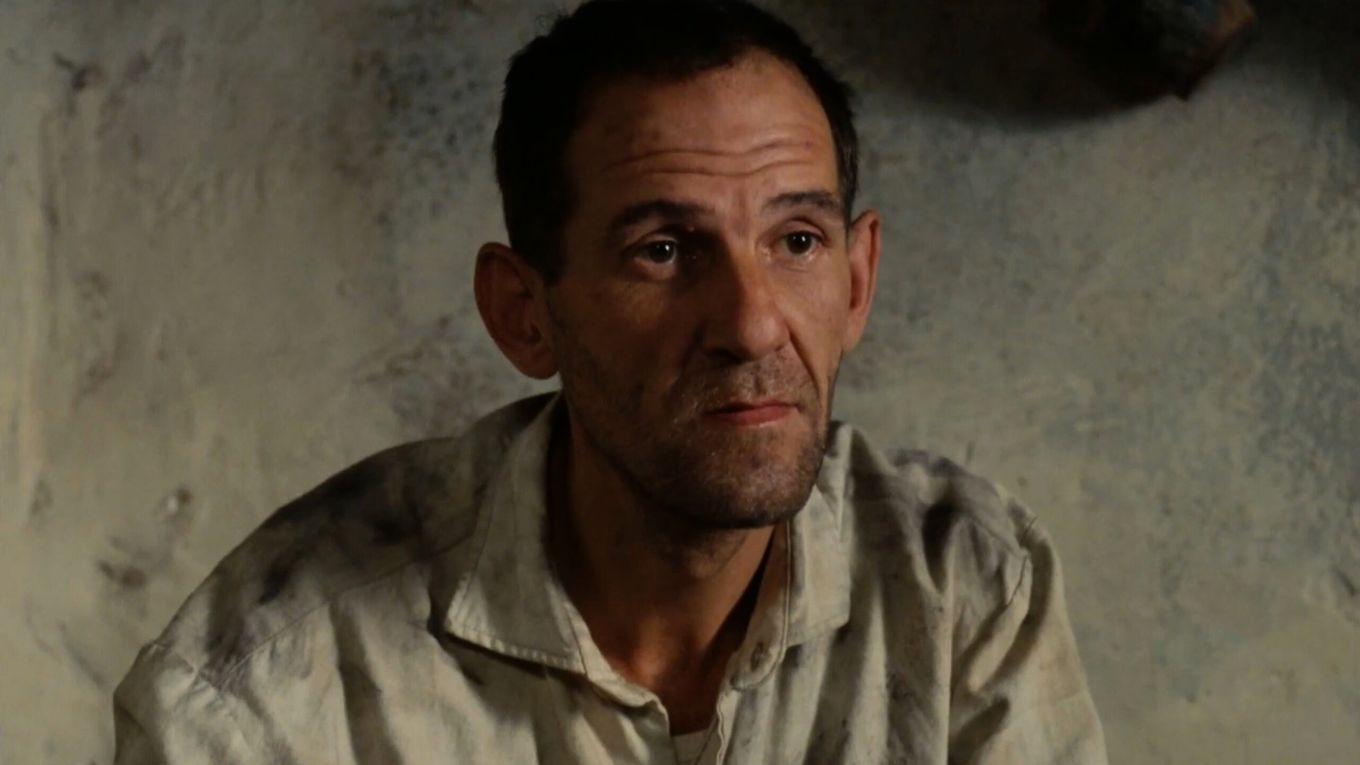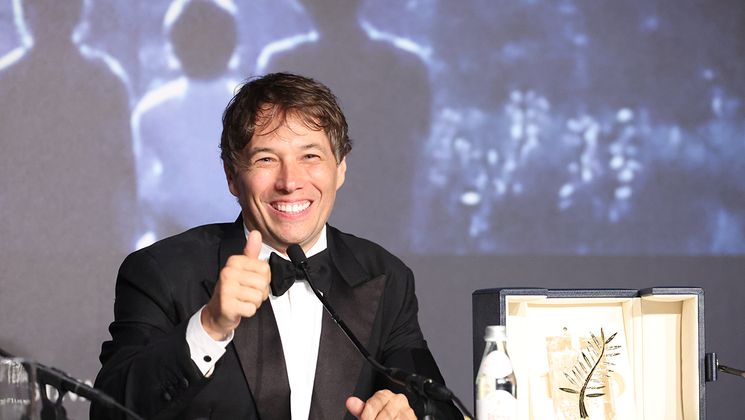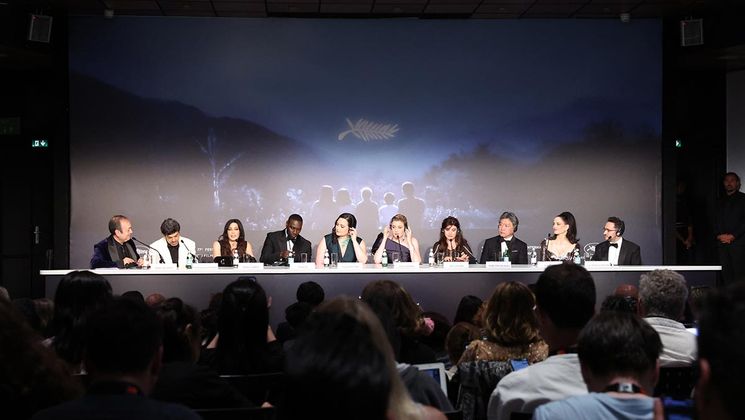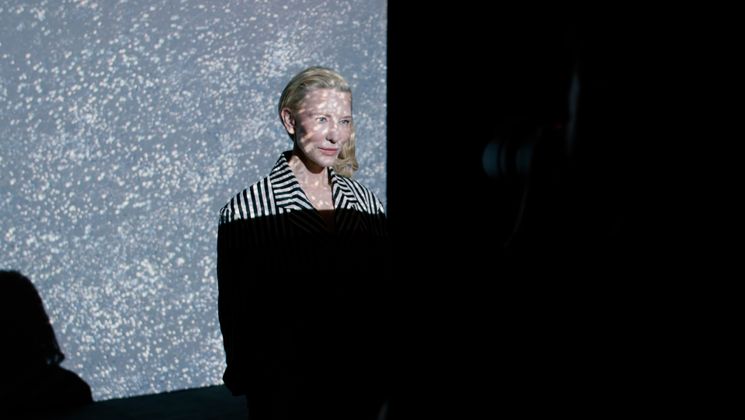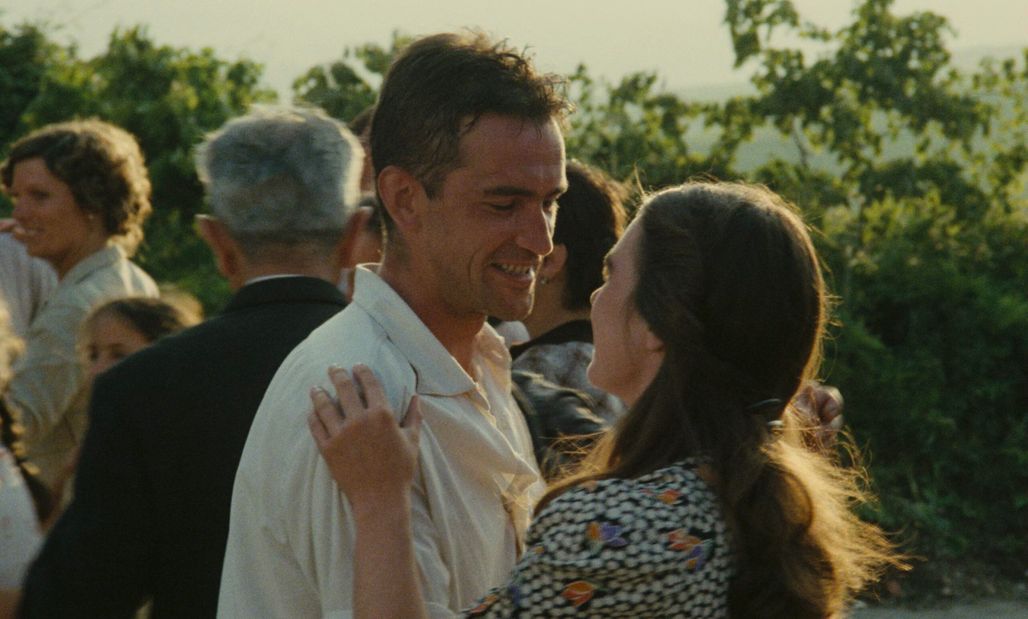
Restoring Tasio: interview with director Montxo Armendáriz

Restoration of Tasio (1984), a drama by Basque director Montxo Armendáriz presented at Cannes Classics. The Spanish filmmaker’s camera captures the life of Tasio, a charcoal burner in the mountains. The profession has now all but disappeared, but was of great economic and social importance until the 1960s. Interview.
How did the film come about?
In 1981, I made a documentary called Carboneros de Navarra, about the lives and customs of the last remaining people still making charcoal in various regions of Navarre. One of these coal burners was Anastasio Ochoa, affectionately known as Tasio. He lived in Zúñiga, a small village in the Estella region, but his real home had always been in the mountains. As soon as I met him, I was struck by the way he understood and dealt with life. He used to say that “the mountain gives you everything you need to live” and that working for others was not a natural way of life. He felt it was invented by rich people as a way to make more money. The simplicity and conviction with which he expressed the need for ecological balance between humanity and nature, key to the subsistence of the human race, immediately appealed to me, and I felt his life was worth bringing to the screen.
Where was it shot?
In Navarre, in a dozen villages scattered across the valleys of Améscoa and Lana, and in the Sierra de Urbasa mountains. Throughout filming, we benefited from the generosity and collaboration of the local people, who participated as extras and also lent us period costumes and props that we used in the film.
Did you keep in touch with Tasio?
We struck up a friendship that lasted until his death. After shooting the documentary, I would go with him to the mountains, where he made charcoal, poached and fished. During these long encounters, he would tell me anecdotes about his life, which I would record on a small cassette. This is how I came to know and admire this person; a man who was always true to his principles, who never accepted social norms and who, in everything he said and did, was a tribute to love and freedom of nature.
How important is this film in your filmography?
Tasio, first as a person and then as a film, marked a turning point in my life. Up until then, I’d been a professor of electronics at polytechnic institutes. I’d always wanted to make films, but my family’s financial situation didn’t allow it. Meeting Tasio prompted me to fictionalise his story and opened the doors to a job I’d always dreamed of.
Can you tell us about the restoration process?
When I arrived at the L’Immagine Ritrovata laboratory, we did a final viewing to make any necessary adjustments. The restoration they’ve done is magnificent. I’m deeply grateful to La Filmoteca Basque for choosing this laboratory. I’d also like to thank Mercury Films for granting the restoration rights and, of course, the entire film crew, with particularly fond memories of those who are no longer with us, especially producer Elías Querejeta
